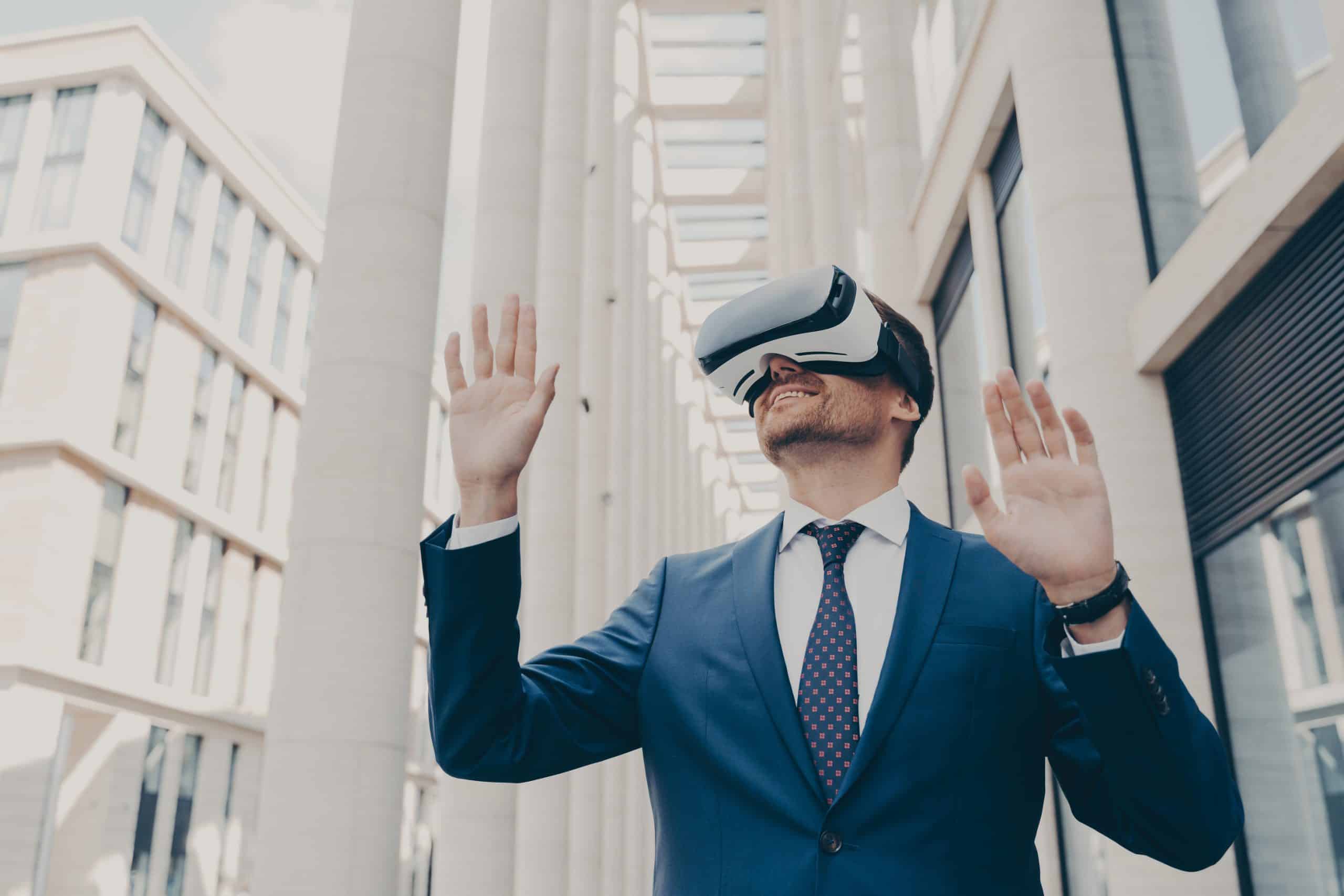There’s been a tech explosion in the retail sector, and UK furniture manufacturers are not left out. The adoption of Augmented Reality (AR) is reshaping the industry, providing innovative ways for businesses to showcase their products and enhance customer experience. With AR, customers can virtually interact with furniture products before buying, and the technology is changing the way shopping is done both online and in brick-and-mortar stores.
Enhancing Online Shopping Experiences
With the surge in ecommerce, the need for a more interactive and immersive online shopping experience becomes paramount. Now, imagine this scenario: you’re hunting for a new sofa for your living room. Traditionally, you’d have to rely on pictures and perhaps, dimensions provided on the product page. But what if you could see exactly how that sofa would look in your living room without physically having it there?
Also read : What Are the Innovative Ways UK Restaurants Can Leverage Technology for Better Customer Engagement?
AR technology offers just that – a way to virtually ‘place’ the furniture in your living space using your smartphone or tablet. This digital experience not only brings more realism to online shopping but also increases customers’ confidence in their purchases. It eliminates doubts about whether the furniture will fit the space or match the existing decor, thereby reducing the likelihood of returns.
Bridging the Gap between Physical and Digital Retail
Augmented reality is also revolutionizing the way customers experience physical retail stores. Furniture shopping, often considered an overwhelming task due to the vast variety of products, can be simplified with AR.
In parallel : How to Navigate Intellectual Property Rights When Launching a New Tech Product in the UK?
On entering a furniture store enabled with AR technology, customers can use their smartphones to scan QR codes on the products. Instantly, they will be able to see detailed information about the product, such as materials used, care instructions, and even alternate color and design options that may not be physically displayed in the store.
Furthermore, AR technology allows customers to virtually ‘test’ the furniture. For instance, they can check if a drawer opens smoothly or if a chair reclines to their comfort level. It’s almost like touching and feeling the product without actually doing so.
Redefining Product Design and Customization
Another significant advantage of augmented reality in the furniture industry is the opportunity it provides for real-time product design and customization. Now, customers are not merely passive buyers, but they can also be part of the design process.
Furniture manufacturers can offer an AR platform where customers can select different elements to create their own unique piece of furniture. Want a table with a walnut top and metal legs, or a leather couch in a specific shade of blue? All these customizations can be made virtually before the product is crafted. This not only ensures customer satisfaction but also reduces waste, as manufacturers only need to produce furniture that has a confirmed buyer.
Driving Sales and Increasing Customer Engagement
Incorporating AR technology into the retail furniture business can significantly boost sales. By providing an enhanced shopping experience that bridges the divide between the digital and physical world, businesses can attract more customers and drive repeat purchases.
AR can also increase customer engagement. Retailers can use AR-based games or promotions that require customers to interact with their products virtually. This not only increases product visibility but also creates a fun and engaging shopping experience that customers will remember.
Augmented reality is no longer a futuristic concept – it’s a reality that’s transforming industries, including furniture retail. By embracing this technology, UK furniture manufacturers can showcase their products in a more interactive and engaging way, ultimately driving sales and enhancing customer satisfaction.
The Role of Augmented Reality in Social Media Marketing and Advertising
The power of augmented reality is not just limited to an individual customer’s shopping experience. It also offers a massive potential for revolutionizing social media marketing and advertising strategies of furniture manufacturers.
In the social media-dominated era, customers value visually appealing and engaging content, and AR provides a perfect platform for this. Brands can create interactive AR filters and experiences that potential customers can use and share on their personal profiles. This not only exposes the brand to a wider audience but also creates a buzz about their products.
Imagine a social media user trying out an AR filter of a retailer’s latest coffee table design in their living room and sharing it with their followers. This type of user-generated content is not only authentic but also leads to higher engagement rates and creates a larger audience for your products.
Moreover, AR-based advertisements can uniquely showcase products on various social networks. For example, clickable AR ads which allow users to interact with the furniture item, understand its features, and visualize it in their own space, can lead to higher conversion rates than traditional advertisements. It effectively combines the power of advertising with the convenience of online shopping and the real-life experience of seeing a product in your own home.
In a nutshell, augmented reality is a powerful tool for social media advertising and marketing. It allows furniture manufacturers to connect with their audience in an engaging, interactive way, and ultimately, increase their brand visibility and sales.
Virtual Showrooms and Product Configurators: The Future of Furniture Industry
The future of the furniture industry is heading towards digital transformation, and AR is playing a pivotal role in it. Virtual showrooms and product configurators are becoming increasingly popular, offering customers a complete virtual shopping experience from the comfort of their own homes.
A virtual showroom is a computer-generated environment where customers can explore a wide range of furniture products in a simulated, life-like setting. Customers can walk around the showroom, inspect each product from all angles, understand its features, and even place it in a virtual version of their own home.
On the other hand, product configurators allow customers to customize a piece of furniture according to their preferences. They can choose from a range of materials, colors, finishes, sizes, and more, to create a piece of furniture that perfectly matches their taste and decor.
This new reality furniture shopping lets customers make informed decisions, reduces the chance of returns, and increases customer satisfaction. It also helps manufacturers to understand their customers better, optimize their products, and streamline their operations.
The use of AR in the furniture industry is not just a trend, but a game-changing tool that is reshaping the industry. UK furniture manufacturers who adopt this technology will be better equipped to meet the evolving demands of their customers and stay ahead in the competitive market.
Conclusion
Augmented reality is a transformative technology that is reshaping the furniture industry. It allows UK furniture manufacturers to enhance the shopping experience by bridging the gap between physical and digital retail, offering real-time product design and customization, and leveraging social media for effective marketing and advertising.
Furthermore, the advent of virtual showrooms and product configurators has brought the future of furniture shopping into the present, offering immersive and interactive shopping experiences to customers.
In an increasingly digital world, the businesses that adapt to these changes and integrate augmented reality into their operations will not just survive, but thrive. The use of AR is not just an optional add-on; it’s a necessity for maintaining competitiveness in the industry. UK furniture manufacturers have a real opportunity to leverage this technology to showcase their products, attract and retain customers, and ultimately, drive their business growth.






